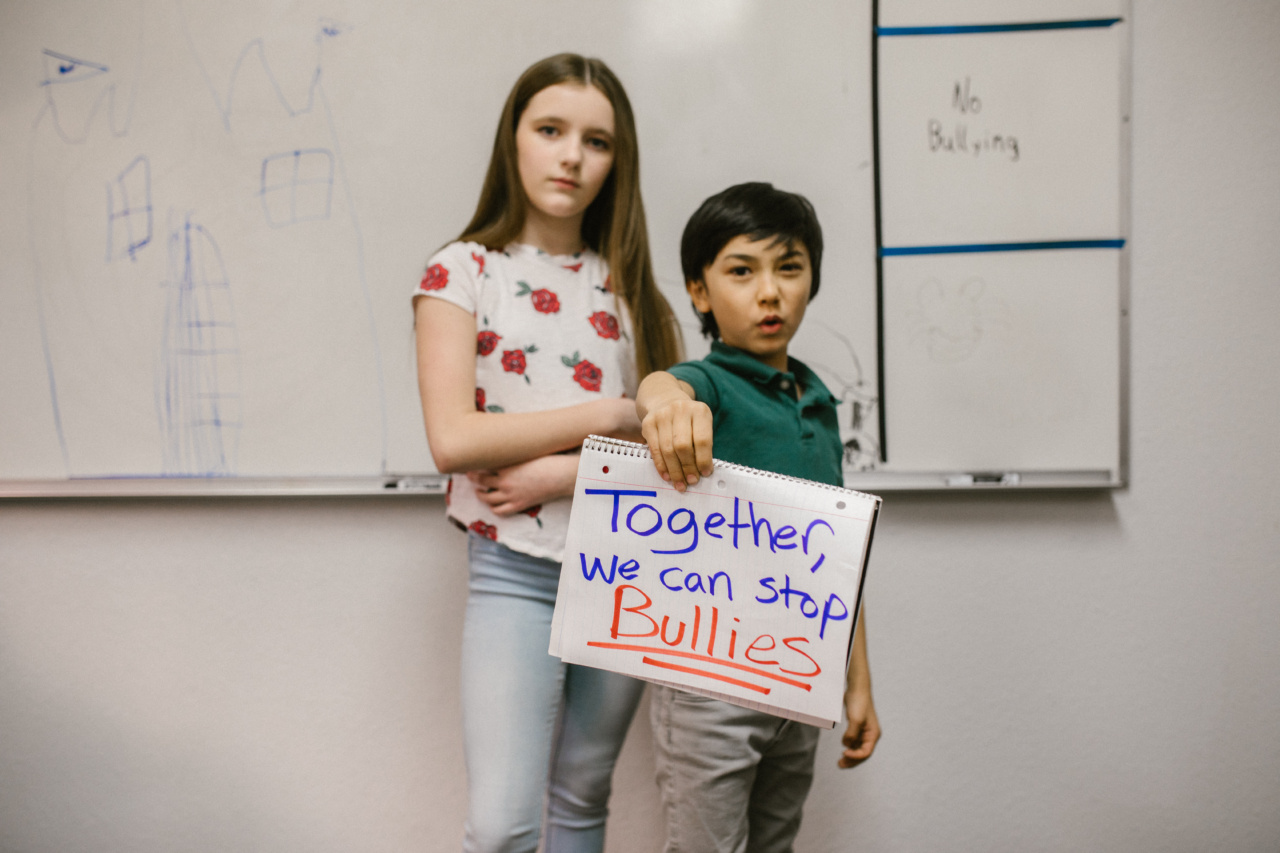School bullying is a pervasive issue that affects countless students around the world. It encompasses various forms of physical, verbal, and emotional abuse, targeting individuals who are perceived as vulnerable or different.
This article aims to delve deeper into the reasons why school bullying happens, shedding light on the underlying factors that contribute to this distressing behavior.
The Desire for Power and Control
A significant factor that fuels school bullying is the desire for power and control.
Typically, bullies perceive themselves as lacking control in certain areas of their lives, and resort to bullying as a means of asserting dominance and superiority over their peers. By intimidating and belittling others, bullies attempt to alleviate their own insecurities and gain a sense of power over their victims.
Influence of Social Hierarchy
School environments often have an ingrained social hierarchy that influences the occurrence of bullying. This hierarchy can be based on various factors such as physical appearance, popularity, intelligence, or socioeconomic status.
Students who do not conform to the ‘norms’ or fall low in the established hierarchy become targets of bullying, as they are seen as threats to the existing power structure within the school.
Family Background and Upbringing
The family background and upbringing of a child play a significant role in their likelihood of engaging in or becoming a victim of bullying.
Children who witness aggressive behavior at home, either between their parents or towards themselves, are more likely to adopt similar aggressive tendencies in their social interactions at school. Additionally, a lack of parental guidance and support can contribute to a child’s involvement in bullying or their vulnerability as a target.
Low Self-esteem and Insecurity
Bullies often harbor deep-seated feelings of low self-esteem and insecurity. By targeting others, they attempt to divert attention away from their own flaws and insecurities, creating a false sense of superiority.
Victimized children may also experience low self-esteem, making them more susceptible to bullying as they are perceived as easier targets.
Peer Pressure and Social Norms
Peer pressure and the influence of social norms can contribute to the perpetuation of school bullying. Students may engage in bullying behavior to fit in with certain social groups or to gain acceptance from their peers.
The fear of being ostracized or becoming a victim themselves can also push some students to participate in bullying, even if they may personally disapprove of such actions.
Online Platforms and Cyberbullying
In recent years, the advent of technology and online platforms has given rise to a new form of bullying – cyberbullying. Through social media, messaging apps, and other digital platforms, bullies can target their victims relentlessly, often anonymously.
The virtual nature of cyberbullying makes it even more difficult to escape, as it can invade a victim’s life beyond the confines of the school environment.
Lack of Awareness and Ineffective Policies
In some cases, the prevalence of school bullying can be attributed to a lack of awareness and ineffective policies within educational institutions.
When schools fail to acknowledge and address bullying as a serious issue, it perpetuates a culture where such behavior is tolerated or overlooked. Implementing comprehensive anti-bullying policies, educating students and staff, and fostering a supportive atmosphere are crucial in combating this pervasive problem.
Impact of Bullying on Victims
The effects of bullying on victims can be long-lasting and profound. Victims often experience a decline in their academic performance, increased levels of anxiety and depression, and a diminished sense of self-worth.
Some may even contemplate or attempt self-harm or suicide as a result of the relentless torment they endure. The impact reaches far beyond the school years, affecting the overall well-being and future prospects of those who have been victimized.
Supportive Interventions and Strategies
Addressing school bullying requires a comprehensive approach involving students, parents, teachers, and the community as a whole.
Creating safe and inclusive school environments is essential, where bullied individuals can seek support without fear of reprisal. Implementing effective intervention programs, such as counseling services, peer support groups, and disciplinary measures for bullies, can help break the cycle of bullying and foster a culture of empathy and respect.
Conclusion
School bullying is a complex issue influenced by various psychological, social, and environmental factors. Understanding why it happens is crucial in order to effectively combat and prevent it.
By addressing the underlying causes and implementing proactive measures, we can create school environments that are safe, nurturing, and free from the detrimental effects of bullying.





























